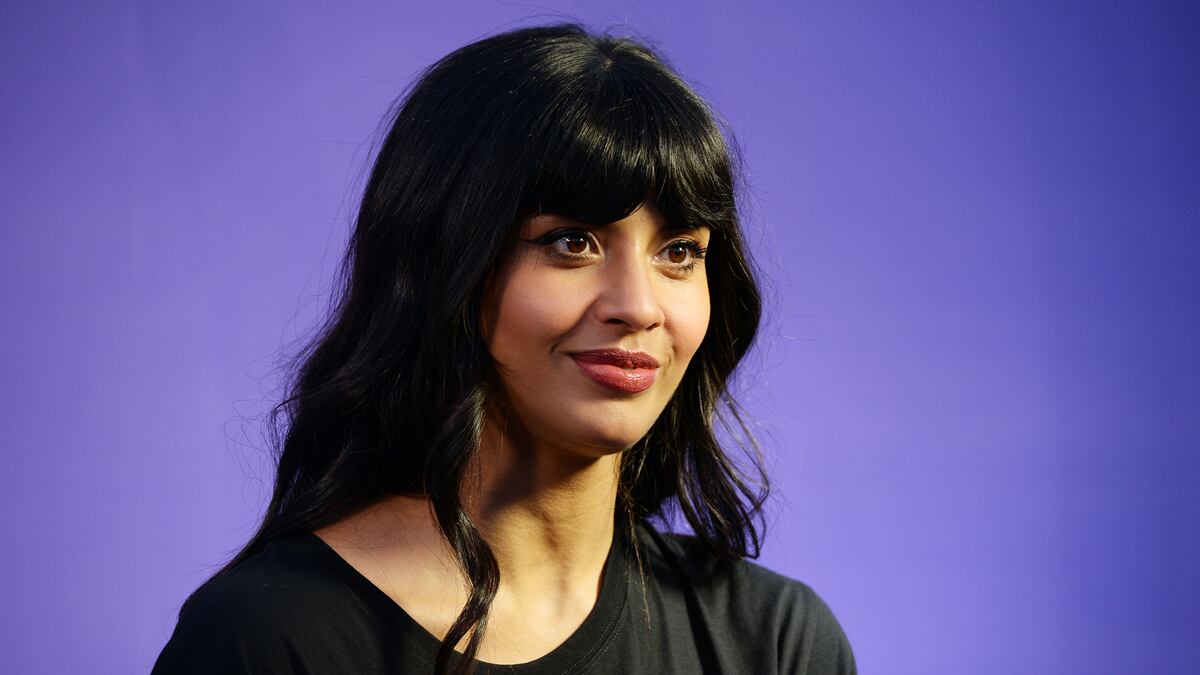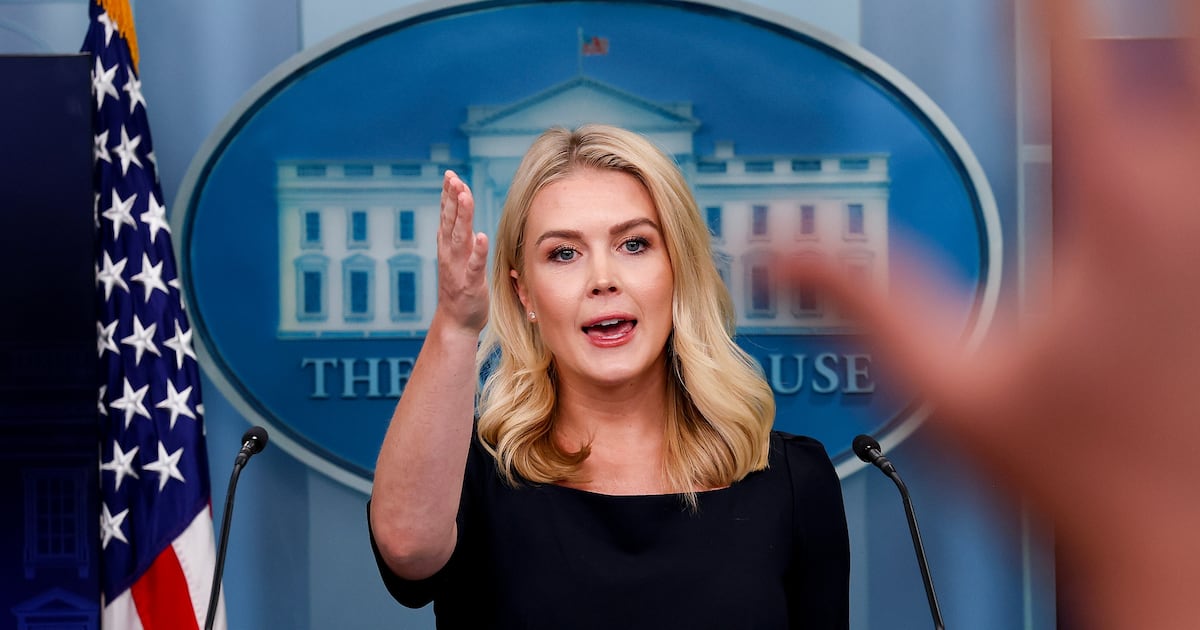The cast and producers of HBO Max’s upcoming ballroom competition show, Legendary, would really like the backlash to die down.
The dustup began on Tuesday, when news broke that Jameela Jamil would serve as MC for the series—which draws its inspiration from a movement that gained mainstream popularity in the '80s, after its earlier inception by largely black and Latinx queer and trans people. Jamil, who has no ballroom experience and at the time was widely perceived to be straight, seemed like the wrong person to take on such an important task—especially considering how many talented people from the community itself would have jumped at the opportunity.
But as Jamil quickly noted, and HBO Max has clarified, she will not, in fact, serve as MC; instead, she will be a lead judge, alongside Megan Thee Stallion, Law Roach, and Leiomy Maldonado. “King of Vogue” DaShaun Wesley will instead serve as MC. “It all came down to this mistake on the MC, and it was so ridiculous, but people ran on it,” executive producer David Collins told Variety in an interview published Friday. “It was brought to our attention, we changed it, and now we’re moving on.”
Collins added that the show had consulted with GLAAD and reached out to more members of the ballroom community. And his fellow executive producer, Rob Eric, compared the backlash against the series to the skepticism that initially surrounded the Netflix reboot of Queer Eye—on which he also serves as an EP. “[But] we’re not stupid, we’re certainly never going to do something that would divide a community,” Eric said. “David and I spent two years putting this show together. So it is really about the fact that we know what we’re doing with this.”
Why, then, has the backlash persisted? A lot of it stems from the intricate power dynamics within the queer community itself. After all, when Jamil issued her first public statement on the matter, she did more than clarify her role within Legendary; she also came out as “queer.” That statement might have complicated things more than Jamil anticipated. And then there’s Jamil herself, who has developed an outspoken but controversial persona in Hollywood.
“Twitter is brutal,” Jamil said at the beginning of her statement. “This is why I never officially came out as queer.” She added that it is “not easy within the south Asian community to be accepted” as part of the LGBT community, and that she’d worried that by coming out she might be accused of jumping on a bandwagon. “I know that being queer doesn’t qualify me as ballroom,” she wrote. “But I have privilege and power and a large following to bring to this show, (as does the absolutely iconic Megan Thee Stallion,) and it’s [sic] beautiful contestants and ballroom hosts.”
“Sometimes it takes those with power to help a show get off the ground so we can elevate marginalized stars that deserve the limelight and give them a chance,” Jamil continued. She added that as someone with little ballroom experience, she can serve as a “window in for people who are just discovering it now.”
Jamil’s hesitation to come out is understandable. Doing so in Hollywood can be a complicated proposition even now. But Jamil specifically has also crafted a brand that frequently stokes backlash independent of her sexuality; her outspoken advocacy for body positivity and against airbrushing, while commendable, often draws skepticism regarding whether a straight-size woman with seemingly natural, poreless skin is really the best representative for the movement. And Jamil’s view of feminism, which at least in the past has been skeptical of women’s ownership of their own sexuality, can feel a little out of step with the times. (In one blog post, for example, she criticized Beyoncé for behaving like a “stripper” in the music video for “Flawless,” chiding the singer for appearing with her “buttocks spread apart by a pole...air-humping a piano.”) As a result, it’s easy to see how people might have been primed to doubt Jamil’s desire to position herself as an advocate for yet another group.
Some of the backlash against Jamil has questioned the authenticity of her queerness, a critique that should have no place in our community. But it’s entirely fair to question the assumption that ballroom needs her or anyone else to serve as a “window in” for newcomers. Mainstream audiences have been offered plenty of other mediated “windows in” over the decades; at what point will we be ready to simply let the community speak for itself?
Public figures including trans actress and experienced house mother Trace Lysette and singer Michelle Visage, who also sits on the RuPaul’s Drag Race judge panel, were among those calling HBO out for its casting decisions immediately after the initial announcement, before Jamil came out. After Jamil did so, Lysette tweeted, “Being queer does not make you ballroom. Being any number of marginalized identities does not make you ballroom. The only thing that makes you ballroom is if you are actually from it. And most of us who are from it, sought it out when we had no one else.”
“Meanwhile A ballroom elder who will remain nameless is still fighting for a producing credit for putting the structure of the show together, categories, etc.,” Lysette later added. “[A]nd Jameela is the Executive Producer along with two cis white guys who produced queer eye.”
This, perhaps more than anything, gets at the heart of the controversy surrounding Legendary. Those who have been a part of ballroom culture since the beginning are certainly no strangers to the ways the mainstream can appropriate and elevate its favorite parts of a subculture while refusing to celebrate the actual people who created it. In fact, that’s a central theme of Steven Canals’ ballroom-inspired FX series Pose. At this point, there’s really no reason to launch a ballroom show in which multiple judges have no experience with the culture. Jamil herself is not the problem; the real issue is the assumption that the show needs someone like her to legitimize it in the first place.






